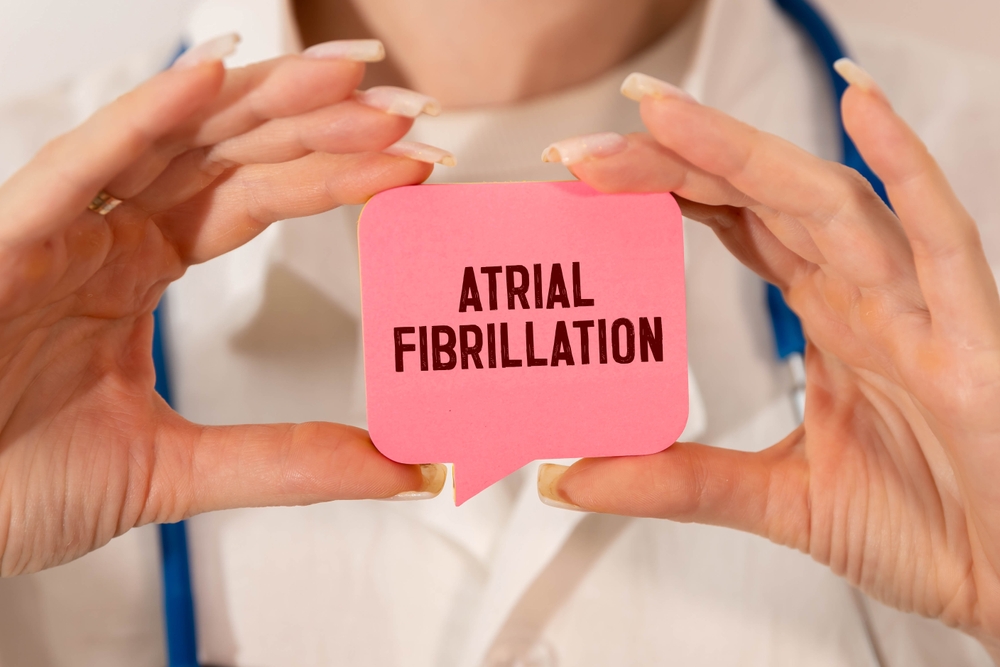Arq. Bras. Cardiol. 2024; 121(10): e20240565
Impact of Pulsed Field Ablation on Atrial Fibrillation
Atrial fibrillation (AF) is the most common cardiac arrhythmia in clinical practice, with an increasing incidence in more elderly patients. It is well known that AF is a substantial risk factor for cardiovascular events, increasing morbidity and mortality among affected patients, in addition to causing reduced physical and cognitive capacity and quality of life.– Current treatment of AF is based on modification of aggravating clinical factors, introduction of anticoagulants based on individualized risk-benefit ratio, medications to control heart rate and antiarrhythmics to control rhythm, and electrical cardioversion in patients with persistent AF.
In patients who are refractory or intolerant to medical treatment, catheter ablation with electrical pulmonary vein isolation has been recommended with increasing enthusiasm by international guidelines. In fact, technological adjustments achieved in recent years in point-to-point radiofrequency ablation and balloon cryoablation have promoted greater effectiveness of the procedure and increased safety with both technologies, as demonstrated in numerous recent comparative scientific studies.,
[…]
473

